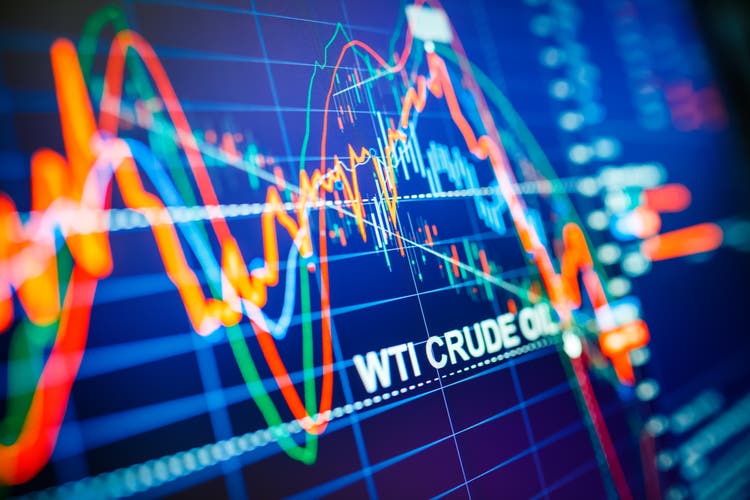Coca-Cola’s revenues are fizzy, despite flat sales
Coca-Cola sales are flat, but its profits are fizzy. The beverage behemoth posted $11.30 billion in first-quarter revenue on Tuesday, exceeding Wall Street’s $10.96 billion expectations, even as it grappled with a modest case volume growth of only 1%.
The company introduced Happy Tears Zero Sugar and an accompanying “hype kit” available only on TikTok Shop to grow its online audience and signed a five-year deal with Microsoft this month to use cloud-computing software Azure to aid in marketing and streamlining operations and cost management. But innovation isn’t what Coca-Cola has to thank for its resilience. Instead, the company owes its success to a price increase to the tune of 13% across products this quarter alone.
“We’re encouraged by our start to 2024, delivering another quarter of volume, topline and earnings growth amidst a dynamic backdrop,” said Coca-Cola chairman and CEO James Quincey , in its earnings report. “We believe our global system is primed for sustained success, thanks to the right strategies, clear alignment, a powerful portfolio and strong execution.”
While the company attributes about half of its price increase to inflation—which increased 0.4% in March and 3.5% over the past 12 months, according to the Bureau of Labor Statistics—that’s not the only reason Coke raised its prices. Per its earnings, over half of its price/mix growth were choices it made to compete with the marketplace rivals.
To be sure, Quincey insisted pricing will normalize along with inflation levels, particularly as costs for commodities like corn syrup and sugar level off.
“Our pricing levels and the input inflation cost levels are normalizing as we see through the year,” he told Yahoo Finance.
The price-hike playbook
Coke joins the likes of WK Kellogg, General Mills, and Molson Coors— companies which have been rewarded for continuing to increase prices. Cereal maker WK Kellogg saw a 7.5% price/mix increase in its fourth quarter, despite a 10.1% decrease in sales volumes; Molson Coors similarly saw a 4.2% price/mix increase, despite modest volume declines.
As reflected in slowing sales, consumers aren’t all happy with the price hikes. TikTokers organized a boycott of Kellogg’s products after CEO Gary Pilnick suggested families eat “cereal for dinner.” Outrage over snack food manufacturers’ pricing tactics has expanded beyond just Kellogg’s.
“Americans can’t even buy breakfast cereal without facing the consequences of corporate profiteering,” Liz Zelnick of watchdog group Accountable.US said after General Mills’ March earnings report of drooping sales but increased profit. “As General Mills posts massive profits, it’s painfully obvious that the food giant’s price hikes were motivated by their greed.”
Companies appear willing to take criticisms on the chin if it means their price-increase strategies are successful. Coca-Cola’s bid to cash in on increased prices and international sales mirrors rival PepsiCo, which reported similar trends in its April 23 earnings report.
Despite eight consecutive quarters of double-digit price hikes and a first-quarter net pricing increase of 5%, Pepsi saw a 2.7% increase in organic profit last quarter. Volumes of Gatorade and Fritos took a hit, and beverage volumes fell 5%. Like Coke, PepsiCo CFO Jamie Caulfield said he expects pricing to even out as inflation cools.
“We’ve had three years of … massive consumer inflation and that has to be absorbed and I think the cumulative impact of that put a bit of strain on the consumer,” he said. “But we expect that to abate as time goes on.”
But with inflation staying put, Wedbush analyst Gerald Pascarelli predicts that companies will continue to bank on high costs to turn a profit.
“This is going to be another year of price-led revenue growth even though pricing has come down,” he told Reuters.
Source link




